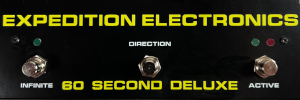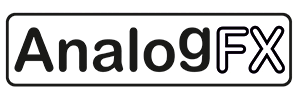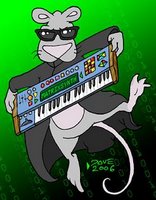
Showing posts with label New DIY in 2015. Show all posts
Showing posts with label New DIY in 2015. Show all posts
Friday, October 30, 2015
Official Serge Eurorack DIY From Thonk
via Thonk
"We are very pleased to announce that Random*Source plan to offer a range of Serge DIY modules in Eurorack format. These designs combine the original Serge circuits with the advantages of today’s technology in the popular Eurorack format. This range is produced in collaboration with and under licence from Serge Tcherepnin himself.
The first module to be released is a Panel/PCB set of the legendary Serge Extended Variable Resonance filter (VCFQ). We look forward to revealing more to you in the coming weeks and months."
Thursday, October 29, 2015
BWV 1067: Menuet on Analog Synthesizer
Published on Apr 25, 2013 StrangeQuarkStar
"Menuet from BWV 1067 played on an analog synthesizer I designed and built in University.
Multitracked with the same settings on both tracks, played by hand in two takes. Simple piano arrangement. No effects, straight into mixer, panned left and right hand."
Update: I reached out to StrangeQuarkStar for more info on his synth. Here's what he had to say:
"This synth is a project I did for an undergrad electronics course back in 2010. The idea was to build a completely analog synthesizer using mostly discrete components (a timer chip here and there), but with a new kind of digital parameter memory which I won't go into here just yet ;)
It's basically the classic monophonic synth architecture with two VCOs (Saw, Triangle and PWM; you can sync them), one LFO with adjustable waveshape (Ramp -> Tri -> Saw), a resonant 12dB/octave state-variable VCF (low-, band-, highpass), a VCA that's always a bit overdriven and two ADSR envelopes. The filter's envelope and the LFO can be routed to individual fine-tuning and PWM of the VCOs and the filter cutoff frequency, all at once and to different degrees.
The digital part converts MIDI to the appropriate control voltages for the individual components (note on/off, pitch bend and modulation) and is designed to keep track of all the patch parameters. The last module in the sound chain is a digital delay with a simple, adjustable analog filter. The audio signal chain stays completely analog if the delay mix is at zero.
The synth can be controlled via external MIDI or with the built-in digital 16-step sequencer and mini-keyboard on top of it.
All digital parts of the synthesizer are 100% my own design and built around Atmel ATmega processors. The more complicated analog modules (VCO, VCF, VCA) were largely adapted from designs found on birthofasynth.com, so no direct replicas of any well-known synths. We tried to keep the complexity and cost to an absolute minimum, which is why we also bought only the cheapest components we could get.
I led a team of five people and we all developed the schematics, PCB artwork and bills of material mostly from scratch. The faculty's workshop just etched the PCBs and we had to drill every single hole for all the components to solder in. The main digital board alone had over 1000 holes!
The whole thing took one semester from conception to presentation. It was the most fun I ever had in University!"
LABELS/MORE:
Atmega,
DIY,
exclusive,
New,
New DIY,
New DIY in 2015,
New in 2015,
New Makers,
New Makers in 2015,
StrangeQuarkStar,
Updates,
Video
ST4 tracker jam
Published on Oct 29, 2015 Pieter van der Meer
"STU jamming on the ST4 using the onboard tracker!
http://www.tastychips.nl/st4
http://stu.atari.org"
"For those of you not in the know, the ST4 is a multi-channel synth that specializes in rhythm. It’s a hybrid digital/analog system that offers direct control over each track and has a powerful built-in step sequencer. It can do sampling with its on-board mic or from an external source. Samples can be manipulated into arbitrary waveforms, but also standard saw, square and sine waveforms may be used. Noise generators, a wealth of envelopes and per-channel multi-mode filters allow for powerful percussive sculpting.
Our goal is to make this as much a stand-alone system as possible. There’s the usual MIDI connectivity, but there’s also the built-in step sequencer on a large display with full USB keyboard and mass storage support. This makes the ST4 a unique device and as much a studio work horse as something you can take along to your friends or use on stage. The analog VCFs and VCAs give it a warm finish. It’s a Tasty Chips synth: high character and fun to use. :)"
Wednesday, October 28, 2015
MIDIbox SEQ V4 and BLM16x16+X New Case Demo
Published on Oct 28, 2015 ucapps
"This video is a tribute to Andy aka. Latigid On who created a sophisticated PCB and Case which finally (after more than 5 years!) allows to build a BLM16x16+X for their MIDIbox SEQ V4.
Further details in the MIDIbox Forum: http://midibox.org/forums/forum/43-mi..."
Wednesday, October 21, 2015
Thomas Henry VCF/VCA (21st century synthesizer)
Published on Oct 21, 2015 fonitronik
"Short rough and uncut Demo:
Prototype for a DIY Eurorack module for Thomas Henry's VCA-VCF from hos book 'A Synthesizer For The 21st Century'"
LABELS/MORE:
DIY,
eurorack,
Fonitronik,
New,
New DIY,
New DIY in 2015,
New in 2015,
New Modules,
New Modules in 2015,
Thomas Henry,
Video
Monday, October 19, 2015
Mother of Moog Werkstatt Mods - teaser.
Published on Oct 19, 2015 Peter Churchyard
"The announcement of the Moog Mother 32 semi modular synth gave me the idea to re work the mods I had made before to my Werkstatt. The idea is to try and get close to the specs of the Mother 32. So I am calling this mod - 'Mutter zweiunddreißig' :)
Basic Mods:
Use cpu from an Arduino UNO to control the Werkstatt.
Control the keyboard logic and D/A convertor so the cpu can 'play' notes. This includes a +1 octave and a +2 octave circuit to give 4 octave 'digital' range.
Added leds for status indicators.
Added Midi in and output.
Added level shifters so the cpu can read the LFO rate, VCO freq, vco PWM and filter cutoff knobs.
Added level shift to read LFO voltage by cpu.
Still in progress:
Add extra low profile switches to control the cpu functions.
Add PWM - CR filter to cutoff to allow simple filter cutoff control.
Read the key matrix so can control cpu/send note data via midi.
Add PWM - CR filter to give semi tone pitch 'bend'
I will be posting more info at http://moddersandrockers.com/werkstatt
The Mother 32:
http://www.moogmusic.com/products/sem...
Moog Werkstatt Workshop web site: http://www.werkstattworkshop.com/"
Paper-Synthesizer Workshop Set for 24 Okt in Berlin
"*Paper-Synthesizer 201 - MIDI to Control Voltage*
by Antti Pussinen and Wolfgang Spahn
In the next installment of Paper Synthesizer workshops, we build a duophonic Midi to Control Voltage converter. The module fits in to Eurorack format, or can be built as a separate interface box. The converter talks with both USBmidi and normal Midi via midi cable.
UsbMidi/Midi to CV converter is the interface that lets other computers, synthesizers and controllers integrate into the modular synthesizer world. While an old standard, Midi keeps its place as the universal data connector in synthesizer world, as well as for other creative controllers ranging from vj and dj controllers, to custom diy button banks, and media artworks.
Control voltage is the analog old school version of midi, where change in voltage means a change in pitch or some other parameter. One instrument is represented as a Volt/Octave output changing the pitch, Gate output telling if the note is on or off, and velocity output, changing the dynamics of the sound.
Our midi to cv offers two of such instruments, with additional midi clock to clock output, and two midi cc to cv output.
Our midi to vc is a open source, arduino based, open hardware project.
The converter offers:
- 2 x 1V/Oct CV Out
- 2 x Gate Out
- 2 x CV Out (velocity)
- 1 x Clock Out
- 2 x Assignable Midi CC Out
It is powered over standard Eurorack power connector (+12V,-12V). A 12V powered box is also possible with adding an dc-dc converter in the box.
The Circuit is built around an Arduino Pro Micro controller, and a two channel precision digital-to-analog converter. In the workshop we go through the circuit of the module, build, test and trim a working module and look a bit into to the code.
All the tools and materials will be provided.\\
The faceplate is not included!\\
The workshop will be held in German and English.\\
====================================================================================
http://workshop.dernulleffekt.de/doku.php?id=paper-synth-201midi-cv_okt2015:details
====================================================================================
Oktober 24. 2015, 11am – 5pm
Werkstatt Berlin
Mülhauserstr. 6. Hofgebäude 1. OG, 10405 Berlin
Costs: 60,00€
Registration: post
LABELS/MORE:
DIY,
eurorack,
events,
New,
New DIY,
New DIY in 2015,
New in 2015,
New Makers,
New Makers in 2015,
New Modules,
New Modules in 2015,
Paper Synth
Monday, October 12, 2015
CS80 Uni/Poly Mod for Yamaha CS50, CS60 or CS80 [Unison Mode Mod for the CS80 /60/50]
Published on Aug 23, 2015 Timothy Conniff
This mod allows you to stack all voices on Yamaha CS50, CS60, or CS80. If you play one note all voices play. If you play two, then half the voice boards play on one note and the other half on the other and so on until you run out of voices. Details and pic of the board follow.
via this auction
"First, a couple of disclaimers... I am NOT the inventor of this concept. BUT I AM the inventor of the architecture of its design. My only claim on this particular modification is that I have now managed to make it available for virtually anyone, even those of you who do not know how to solder! Through printed circuit board design software, I have managed to go from a prototype to beginning production on a number of boards for the CS series. Obviously, the CS 80 has the most voices, and therefore will have the biggest sound from this modification. Nevertheless, one who has a CS 60 or even a 50 can benefit from this mod. What's more, it is not just a unison or monophonic modification. When you switch to the Unison mode, and play more than one key simultaneously it divides the allocation of voices accordingly. So instead of playing all 16 oscillators on one key, it will divide those 16 by the number of keys you press. Play a 4 note chord, and you get four oscillators on each note. Therefore, on a cs50, playing four notes in the Unison mode would be the same as playing in non unison mode, because the 50 only has 4 voices. In any event, this modification is usable in all three of those aforementioned models. I have recorded a YouTube video, and despite the fact that it is only 27 seconds long, you will be blown away! In fact, I deliberately kept it ridiculously simple and straightforward to be incredibly obvious as to its benefit.
. I am making it available in two forms: 1 for those of you who do not know how to solder, and the second is for anyone who has the skills to utilize a soldering iron and heat shrink. Lastly, if you decide to bring me your instrument and have me do the installation, the labor would be $100. Kit cost would still be the same ."
DIY : Wiard Waveform City X, Classic VCO + Blacet Miniwave
Published on Oct 12, 2015 DavidH
"How to convert a Classic VCO into a Waveform City
Check out the build : http://www.infinitesimal.eu/synth/art..."
DSP Synthesizers Merges the VCDO & VCDF into the VCDM Single Chip
via DSP Synthesizers
"The VCDO and the VCDF have been deprecated.
They are now joined into one single chip, the VCDM.
 Build your own TB-303 with the Voltage Controlled Digital Modular.
Build your own TB-303 with the Voltage Controlled Digital Modular.
The synth is an analog hybrid so it's patched and controlled through analog signals.
It has the building blocks for one analog synth voice.
OSC, SUB, Noise, Filter & VCA in a single chip.
You put together the blocks, only limited by your imagination, to create some great sounds.
Specs:
Voltage controlled Pulse wave oscillator with separate PW and detuned SUB output.
0-5v CV input for pitch. Range C2-C7. 1volt/octave.
0-5v CV input for pulsewidth 50-95%.
Main osc output 0-5v swing.
SUB osc, -1 octave 0-5v swing.
White Noise Generator
0-5v output.
Voltage controlled digital 18dB lowpass filter with resonance.
0-5v unipolar audio input (can be lifted to +-2.5v bipolar)
0-5v CV input for Cutoff frequency.
0-5v CV input for Resonance.
Filter PDM output with 0-5v swing (requires passive LPF)
Voltage controlled digital amplifier.
0-5v CV input for filter level.
A singel voice analog hybrid synth in one chip.
Same price. $35"
"The VCDO and the VCDF have been deprecated.
They are now joined into one single chip, the VCDM.
 Build your own TB-303 with the Voltage Controlled Digital Modular.
Build your own TB-303 with the Voltage Controlled Digital Modular.The synth is an analog hybrid so it's patched and controlled through analog signals.
It has the building blocks for one analog synth voice.
OSC, SUB, Noise, Filter & VCA in a single chip.
You put together the blocks, only limited by your imagination, to create some great sounds.
Specs:
Voltage controlled Pulse wave oscillator with separate PW and detuned SUB output.
0-5v CV input for pitch. Range C2-C7. 1volt/octave.
0-5v CV input for pulsewidth 50-95%.
Main osc output 0-5v swing.
SUB osc, -1 octave 0-5v swing.
White Noise Generator
0-5v output.
Voltage controlled digital 18dB lowpass filter with resonance.
0-5v unipolar audio input (can be lifted to +-2.5v bipolar)
0-5v CV input for Cutoff frequency.
0-5v CV input for Resonance.
Filter PDM output with 0-5v swing (requires passive LPF)
Voltage controlled digital amplifier.
0-5v CV input for filter level.
A singel voice analog hybrid synth in one chip.
Same price. $35"
nonlinearcircuits modded neurotic panel - transient generator
Published on Oct 12, 2015 cirtcele
"testing some modules on a custom panel"
LABELS/MORE:
DIY,
New,
New DIY,
New DIY in 2015,
New in 2015,
New Modules,
New Modules in 2015,
nonlinearcircuits,
Serge,
Video
Saturday, October 10, 2015
The ClaudeatronMk4 MIDI Controller.
Published on Oct 10, 2015 Claude Woodward
"This is my new Claudeatron Mk 1V which will form part of a suite of MIDI controllers I'll be using for my 'Sonic Manipulator Mk11 show.
My ethos is to find ways to ergonomically manipulate synthesisers in complex ways for greater musical expression.
Please let me know what you think.
Cheers, Claude Woodward - The Sonic Manipulator."
LABELS/MORE:
Alternate Controllers,
claude,
DIY,
New,
New Controllers,
New Controllers in 2015,
New DIY,
New DIY in 2015,
New in 2015,
Video
Saturday, October 03, 2015
Nano SwinSIDb tutorial: how to build your own units of nano SwinSIDb
Published on Jul 25, 2015 Tolaemon
"As you know, SIDs are one of the most popular sound generators used in chiptune, but they are very dificult to find and expensive. I created a tutorial that explains how to build nano SwinSID from scratch. nano SwinSID is a clone of the SID dessigned by Swinkel"
"All the information and resources necessary to assembly your nano SwinSIDs is available at the site of this tutorial: http://www.tolaemon.com/nss
The information of Swinkels original SwinSID project is available at: http://www.swinkels.tvtom.pl/swinsid/
Soundtrack: Chiptune by Dubmood from the album "Lost Floppies Vol 2 (DATA027)": http://dataairlines.bandcamp.com/albu..."
Thursday, October 01, 2015
Barton Digital Hi Hat Demo
Published on Oct 1, 2015 boogdish
"This is a demo for BMC36 Digital Hi Hat. This is a PIC based DIY synthesizer module. If you're building a synthesizer system and would like to build one of these for yourself, please visit http://www.bartonmusicalcircuits.com/..."
"This is a PIC based percussion module which is loosely modeled on the hi-hat. It features seperate Decay and Pitch controls for Open/Close modes and a master Shape control which mixes between a linear or logarithmic decay. This module is also compatable with the BMC003X Expander for using external CV for all of it's parameters."
Tuesday, September 29, 2015
DSP Synthesizers VCDF, VCDO and W4069 Analog Wasp Waveshaper
Info on the VCDF via DSP Synthesizers
"The VCDF – Voltage Controlled Digital Filter will be released this week.
Both as a DIY chip and a prebuilt modular synth module.
The filter is a lowpass DSP filter with resonance.
76KHz 16-bit resolution and voltage controlled cutoff/resonance.
Works greate with the DSP drum chips for some synth drumsounds.
The chip is $35 and the prebuilt module is $99."
"The VDCO is an integrator saw oscillator with unision detune, sync and ring modulation.
Not sample based but a hybrid analog design.
There is also the W4069 Analog Wasp Waveshaper to go with it.
Just in case the saw oscillator is too boring ;)"
Saturday, September 26, 2015
Hard Mod Engraving sound [single voice test]
Engraving sound [single voice test] from Hard-Mod on Vimeo.
"This is just a pre-view from a sculpture sound based on electro mechanic circuit running into an analog signal path and a phonocaptor cartdrige reading a copper etching (Dürer's Rhinoceros). You are listening a single voice but you'll ear 6 voices in a multichannel system.
Engraving sound_Tania Candiani
Electronic sources_Hard•Mod"
LABELS/MORE:
DIY,
Hard Mod,
New,
New DIY,
New DIY in 2015,
New in 2015,
New Sound Machines,
New Sound Machines in 2015,
Video
Thursday, September 24, 2015
::vtol:: Ra
::vtol:: Ra from ::vtol:: on Vimeo.
"Ra is a sound object / synthesizer which uses laser for scanning the irregularities of the surface of the pyrite disc and further transforms this data to produce sound. Pyrite disc is a rare form of pyrite which is crystallised in radial shape (as unusual disc spherulites) which also was named ‘pyrite suns’ or ‘pyrite dollars’. The only deposit where pyrites of such morphology are found is in Illinois state (USA). Pyrite suns were formed around 300 million years ago.
more information and images - http://vtol.cc/filter/works/Ra"
"This project originated as a result of an interesting set of circumstances – a pyrite disc was given to me as a gift by a mineral seller in Boulder city (USA). Upon hearing about my works, she asked to do something with such crystal, and refused to take payment for getting it. In the same period, I was reading articles on various ways of archiving and preservation of sounds from the first, historical sources of the recorded sound – wax discs and other fragile carriers. All technologies were based on the usage of lasers. Inspired by these projects, I set out to create a self-made laser sound reader which would be able to produce sound from various uneven surfaces, using minimal resources to achive it. Thus emerged the idea to construct an instrument using the pyrite disc and a self-made laser sound reader.
The realisation of the object became possible thanks to the commission of the Sound Museum in St.-Petersburg which has it in its collection now.
I consider this object to be a landmark for me, as it united several practices and technical skills which I was working on in the last years - as well as the new resources and ideas which I approach for the first time. I.e. – creation of the synthesizers and sound objects, collecting minerals, topic of rotation, Pure Data programming, Arduino and Python, working with servo and stepper motors, raspberry pi and lasers, etc.
What is also important for me in this project is adressing the topic of occult futurology as a concept which corresponds in the best way my own artistic practices. In the first place, it can be seen in how Ra works with the perception of time – having pre-historic 'unearthly' mineral as its base, it adresses medieval times through the notion of alchemy; it also carries Bach organ motives, further bringing us to the echoes of the electronic instruments of middle of the 20th century, underlining all of this with lasers, code, noise and autonomy, all brought up in handicraft conditions."
See previous posts featuring vtol's works here on MATRIXSYNTH.
hardware:
- raspberry pi (with pure data)
- arduino nano
- diy laser pickup
- spin fv-1 dsp
- stepper motor
- servo motor
- 3W mono sound system
specification:
- line audio output
- 9 control switchers
- 10 control knobs (including envelope, filter, processors parameters and modulations)
- disk speed and direction control (via control knob)
- pickup position control
- 16 dsp fx programs
LABELS/MORE:
Art Installations,
DIY,
nature,
New,
New DIY,
New DIY in 2015,
New in 2015,
Video,
vtol
Tuesday, September 22, 2015
Landfill Noise! D.I.Y kit www.errorinstruments.com
Published on Sep 22, 2015 paul tas
"easy to make
easy to modify
NOIS supper cool for little money
in euro rack
or in construction
DIY Modular
Noise! oscillator
Noise! is based on CMOS logic IC's.
The oscillator has four square wave generators that are gestuurt by klokdivider.
Thereafter, the different clock outputs are mixed and deformed to a semi tri-wave.
The result is Noise! But also evolving weird bleeps and creaks.
The synth is expandable to a modular system, where all the clock outputs can be patched to each other.
http://www.errorinstruments.com/a-417..."
Sunday, September 20, 2015
DSP Synthesizers dsp-D8 Gets TR-727 Latin Percussion
via Jan of DSP Synthesizers
"The dsp-D8 now got a Latino friend, the dsp-L8 PCM Latin Percussions.
Percussion kit with 8 sounds and separate trigger inputs.
6 of the sounds can be separatly tuned using 6 analog inputs 0-5v.
40KHz sample frequency.
3-5volt power and no external components besides a passiv LPF.
Sounds include: Agogo, Conga, Cabasa, Timbale, Maracas, Quijada, Chime and Whistle.
Simple to use as a soundchip in an analog drumsynth or module.
This is the TR-727 in a single chip!
In a pair with the dsp-D8 chip they give a complete kit with 16 sounds and 12 of them tuneable.
http://janostman.wordpress.com
Cheers
/Jan"
"The dsp-D8 now got a Latino friend, the dsp-L8 PCM Latin Percussions.
Percussion kit with 8 sounds and separate trigger inputs.
6 of the sounds can be separatly tuned using 6 analog inputs 0-5v.
40KHz sample frequency.
3-5volt power and no external components besides a passiv LPF.
Sounds include: Agogo, Conga, Cabasa, Timbale, Maracas, Quijada, Chime and Whistle.
Simple to use as a soundchip in an analog drumsynth or module.
This is the TR-727 in a single chip!
In a pair with the dsp-D8 chip they give a complete kit with 16 sounds and 12 of them tuneable.
http://janostman.wordpress.com
Cheers
/Jan"
Wednesday, September 16, 2015
DSP Synthesizer Builds the noob Mini Solina String Synth with Clavia Nord Looks
Codename "Solina" Published on Aug 11, 2015
"The JANO String Synthesizer running on a Arduino NANO."
Update: You can find DSP Synthesizer at http://www.dspsynth.eu/.
via Jan of DSP Synthesizer:
 "Because of all the hype with Reface and now Boutique I spent my holiday building a minikey rerelease of the Eminent Solina string synth.
"Because of all the hype with Reface and now Boutique I spent my holiday building a minikey rerelease of the Eminent Solina string synth.Featuring 37 minikeys and only 3 knobs, Modulation, Ensemble and Envelope, it sounds like the original.
It features a gate output like the original so that the sound can be externaly processed.
And the best of all, I open sourced it for anyone to build.
Check it out at Muffs [where you'll find the code]
Cheers
/Jan"
"It's a Solina String synth running on an Arduino Nano with 37 minikeys, LFO-mod, phaser and envelope.
You can't buy this but it's still a DSP Synthesizer Product.
Open-Sourced."
PREVIOUS PAGE
NEXT PAGE
HOME
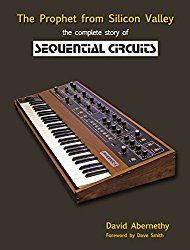
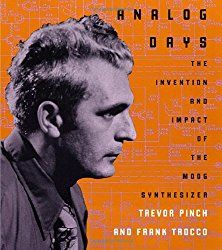
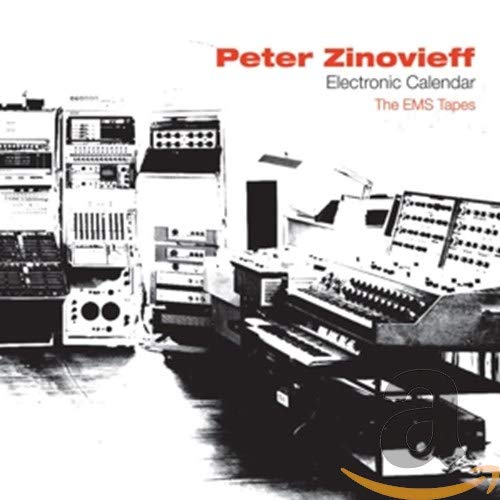
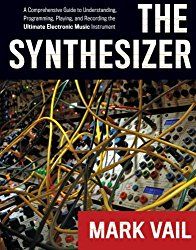
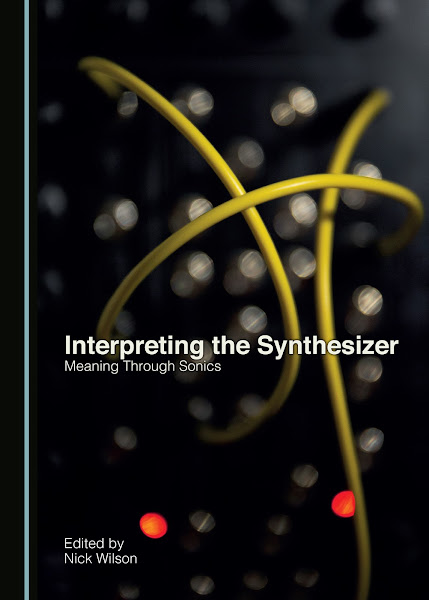
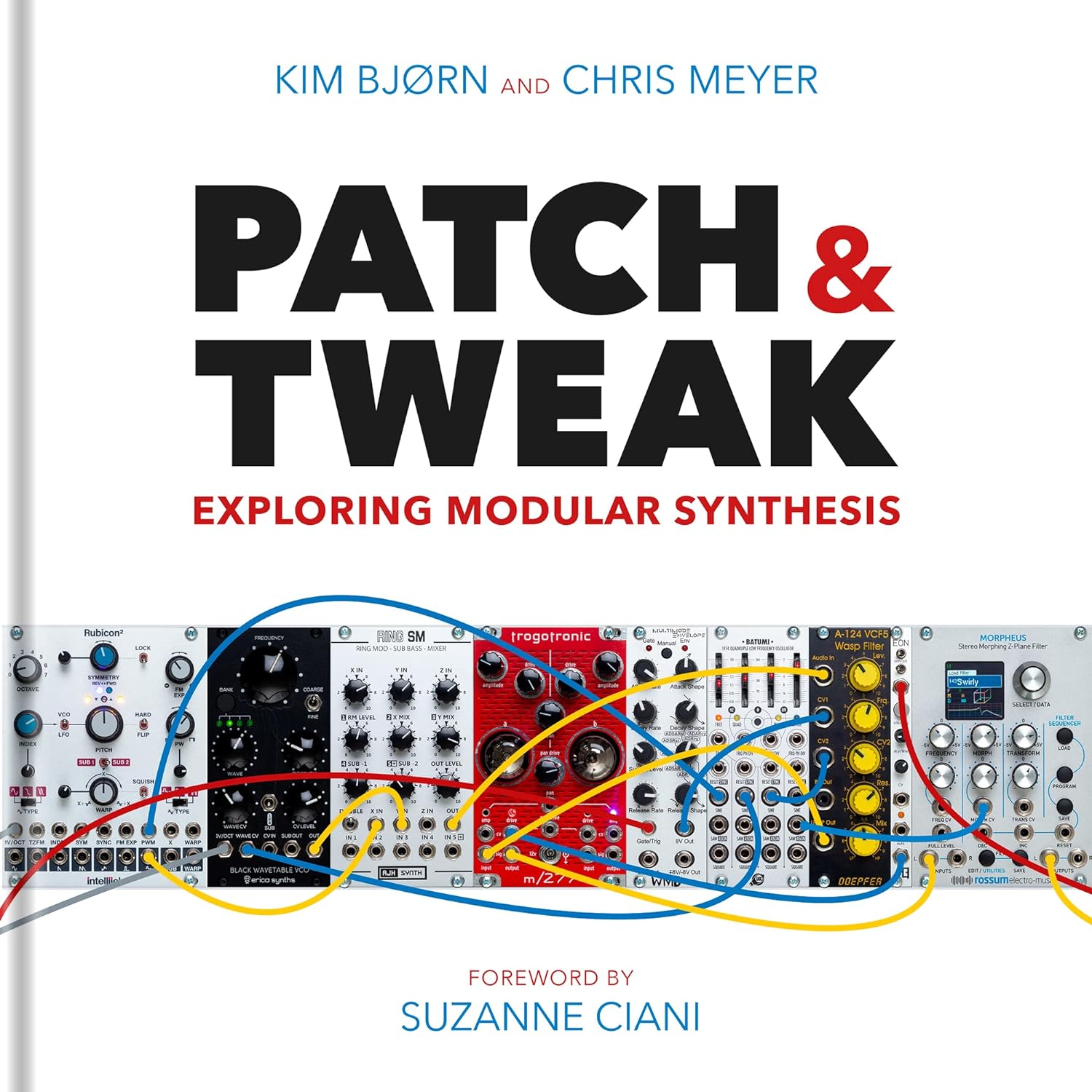
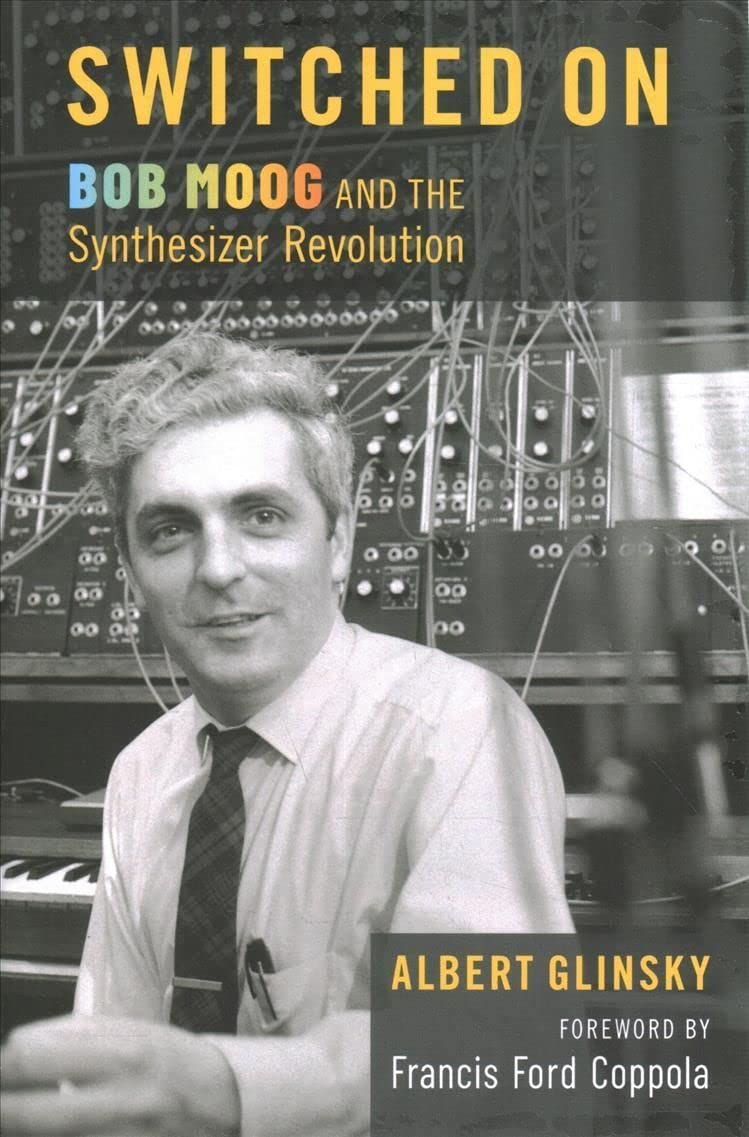
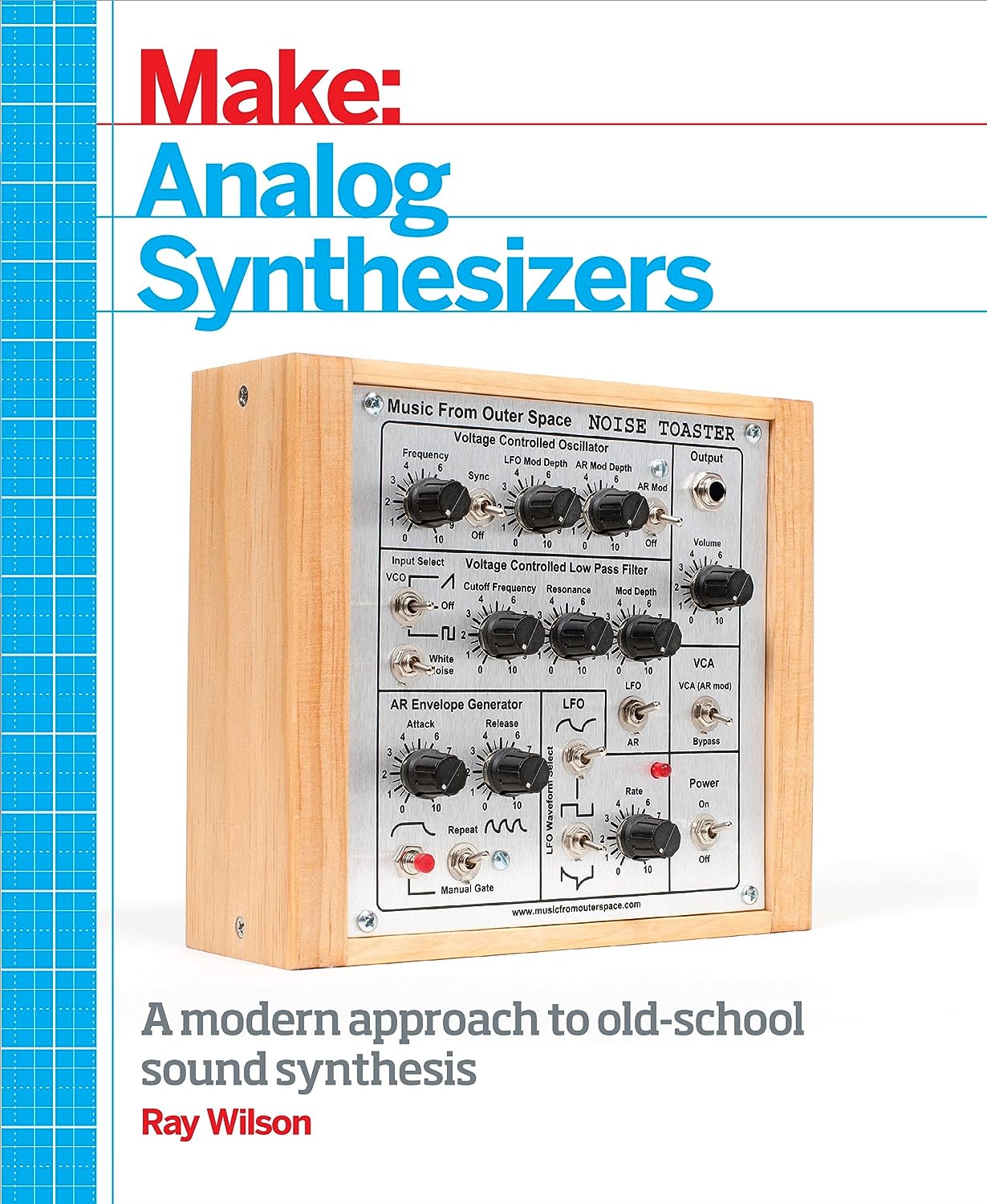
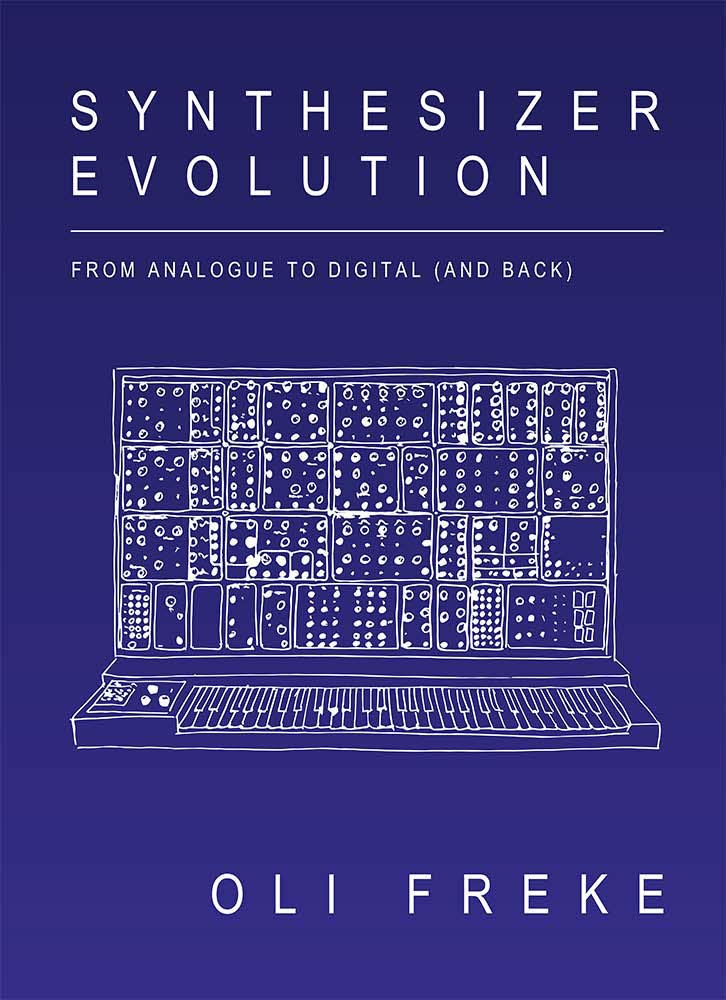
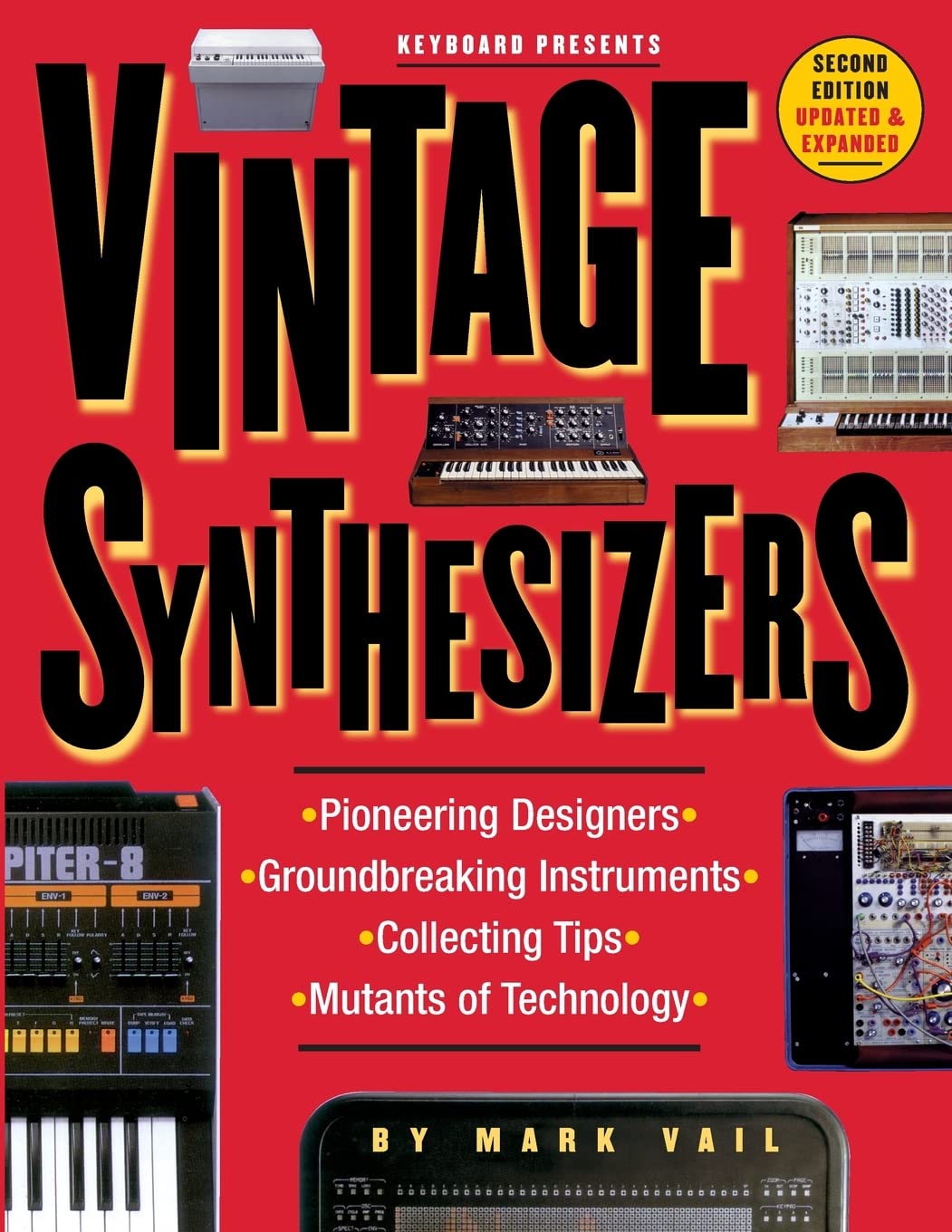
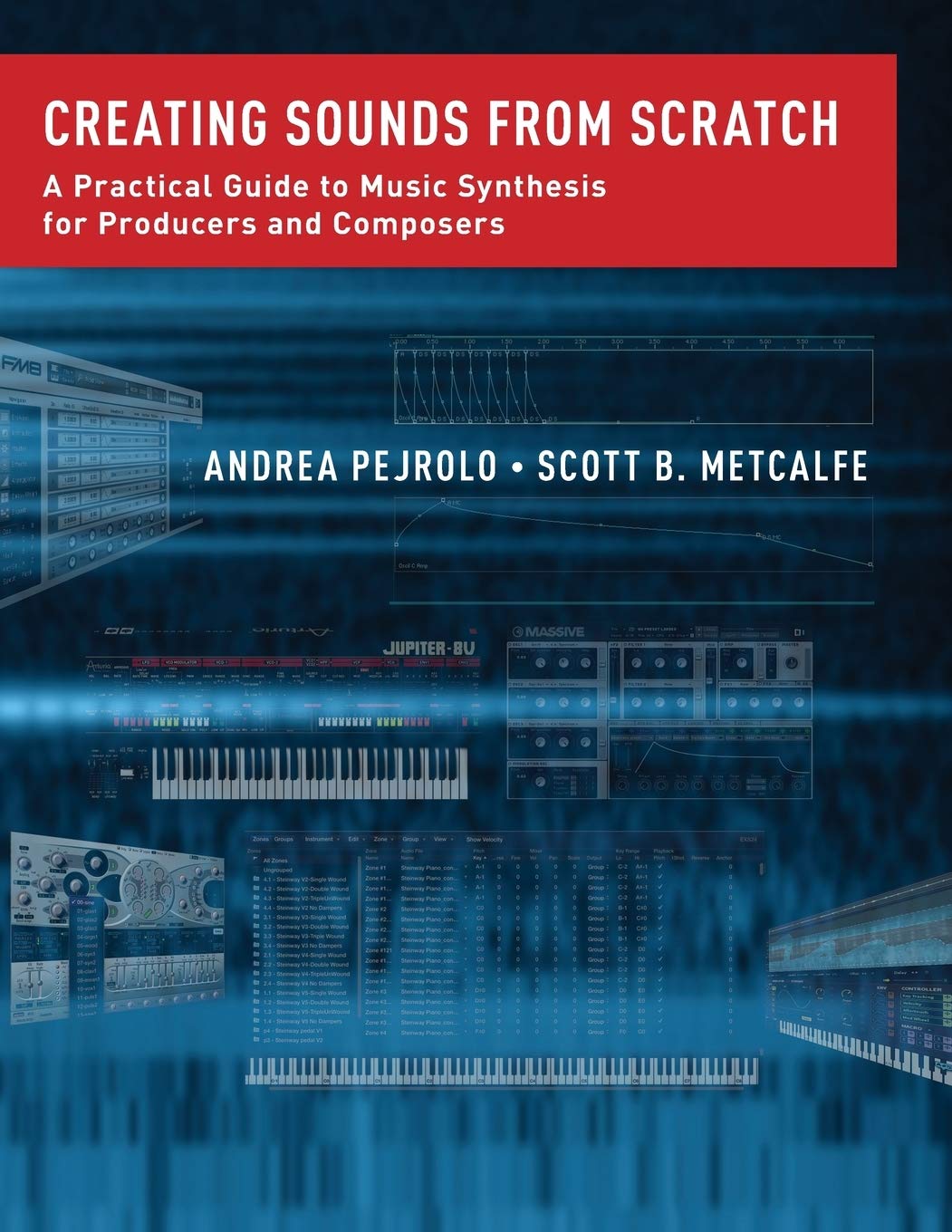
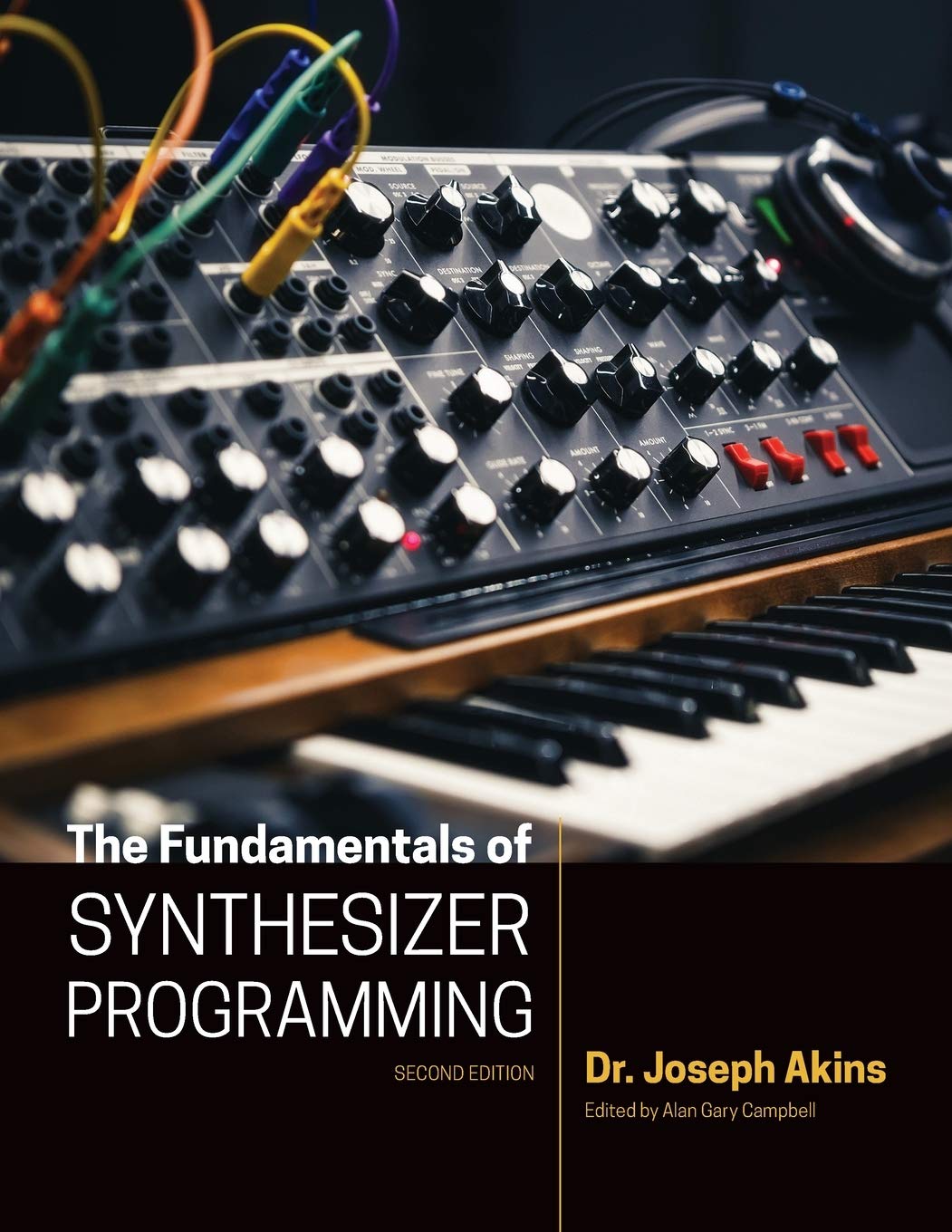
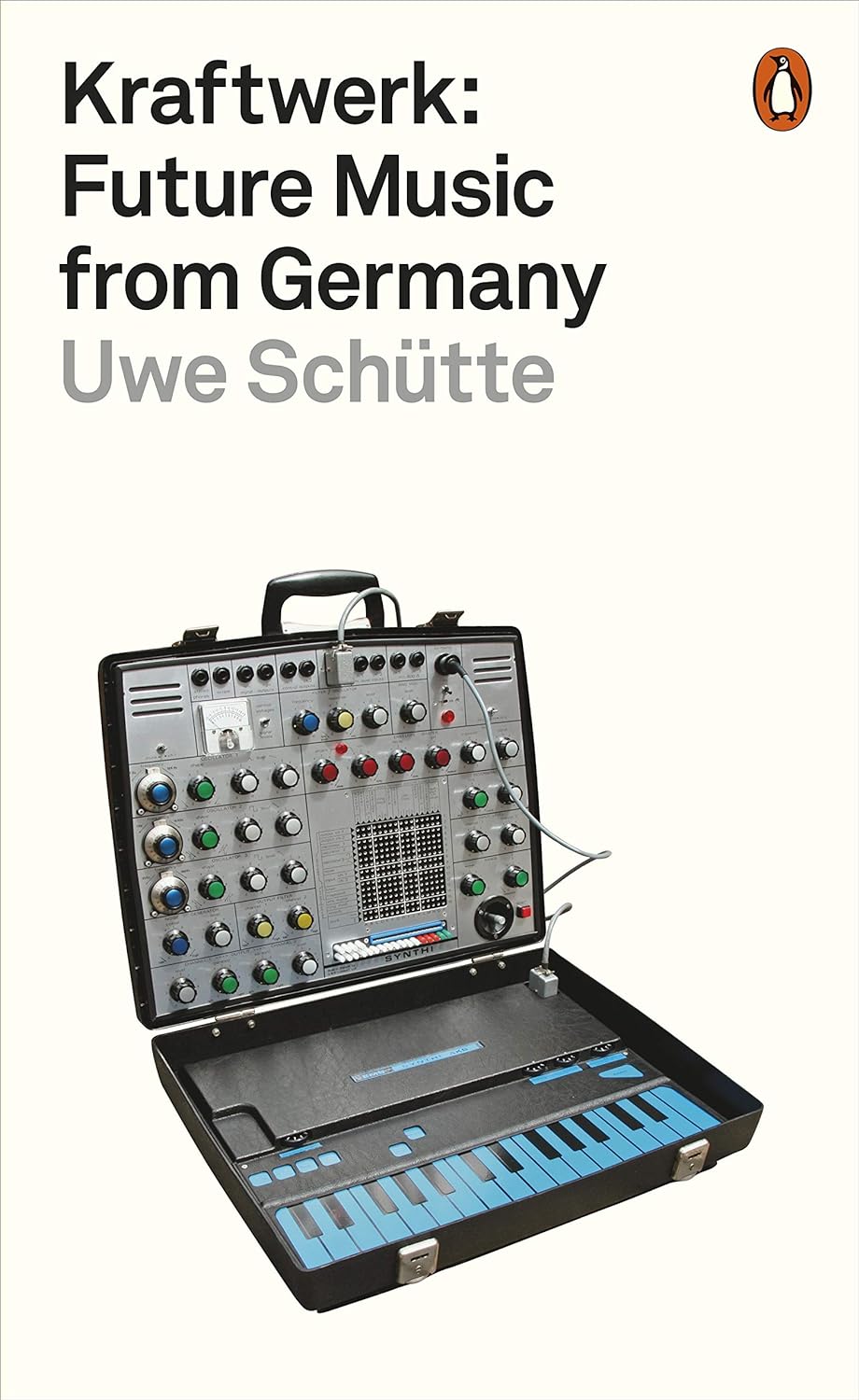
© Matrixsynth - All posts are presented here for informative, historical and educative purposes as applicable within fair use.
MATRIXSYNTH is supported by affiliate links that use cookies to track clickthroughs and sales. See the privacy policy for details.
MATRIXSYNTH - EVERYTHING SYNTH













© Matrixsynth - All posts are presented here for informative, historical and educative purposes as applicable within fair use.
MATRIXSYNTH is supported by affiliate links that use cookies to track clickthroughs and sales. See the privacy policy for details.
MATRIXSYNTH - EVERYTHING SYNTH































